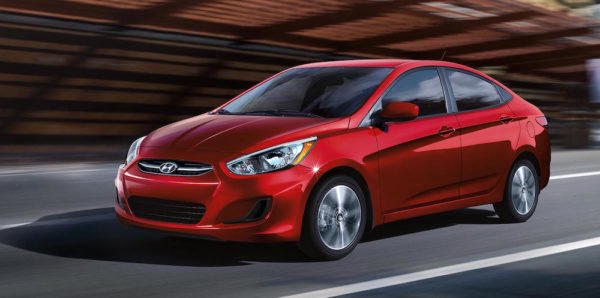Establishing a realistic high mileage threshold is a highly subjective matter if you’re considering used cars; it’s a decision involving many factors and personal considerations. There’s really no reliable “industry standard” mileage figure, so you’re pretty much left with observation, logical deduction, individual expectations, maintenance history, etc., to guide you.
Soft Threshold: the 200,000 Mile Debate
If you’re handy with tools, understand how cars function, and don’t mind getting your hands dirty (or if you know a good mechanic), you might opt for used cars with more miles than other drivers would be willing to accept. Of course, it’s important to bear in mind that most vehicles these days are better designed and constructed than those available to drivers a generation ago. But the old maxim still applies: the mileage threshold for an older vehicle with a big number on the odometer will be lower than for a more recently built model.
Automotive experts such as autolist.com don’t claim there’s a hard figure consumers can use as a baseline, though they do recommend 200,000 miles as a guideline, a milestone beyond which extra care will likely be needed. A well-maintained vehicle tends to be one that’s received regular oil changes and tune-ups, has new parts, and has been driven with care. If you find one of those, chances it will last well beyond 200,000 miles.
Things to Look For
In fact, many vehicles these days last hundreds of thousands of miles thanks to characteristics common to newer models. If you’re in the used car market, look for a vehicle built with high-precision manufacturing (pretty much any vehicle built within the last 10 years or so) that’s received regular maintenance. High-tech construction and history of ongoing maintenance often translate into a longer life span.
If you’re a big believer in doing your homework (always a good idea), start with websites that identify vehicles that tend to last longer. For example, iseecars.com maintains an annual list of vehicles that reach at least 200,000 miles. And take full advantage of information that’s easily obtained, such as Carfax reports and owner maintenance records, which may indicate potential problem areas. Whenever possible, speak with a former owner who’s not directly involved in the sale.
Always a Hassle
Mileage may not always be the most important determinant when it comes to settling on a used vehicle, but it should always be in the mix. Overall, your best bet is to find a vehicle with the lowest number of miles, a history of consistent maintenance without having been in an accident, and moderate use. In fact, there’s a strong argument to be made that regular, consistent maintenance is the most important factor in deciding whether to buy a used car. Even so, always bear in mind that buying a used vehicle is, to a certain degree, always a hassle.
In theory, there’s nothing wrong with using the 200,000-mile threshold as a personal baseline, but it shouldn’t deter you from considering a vehicle with what others might consider high mileage. If it runs well, has been well taken care of, and has what you want in a vehicle, you may have found a used car that’ll keep you safe and worry-free for years to come.
This post may contain affiliate links. Meaning a commission is given should you decide to make a purchase through these links, at no cost to you. All products shown are researched and tested to give an accurate review for you.




